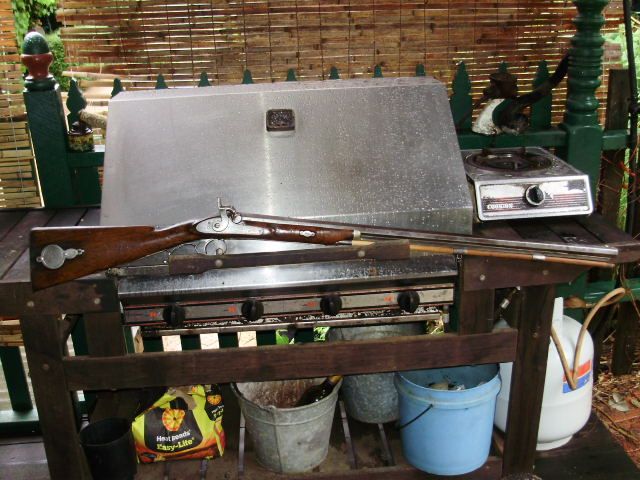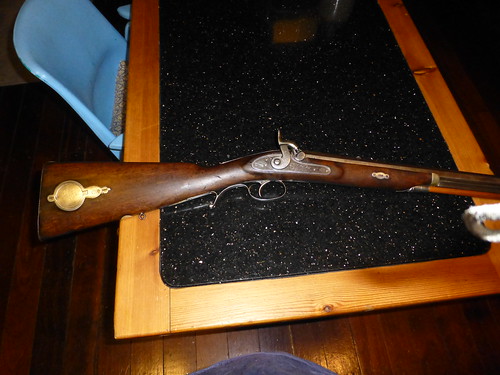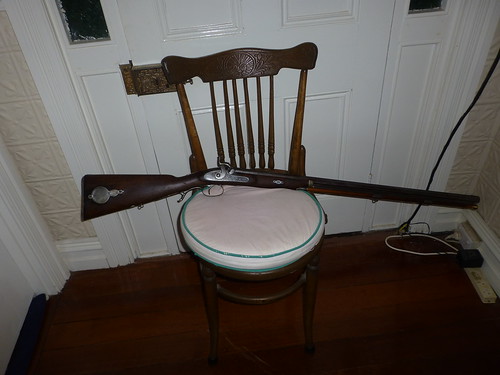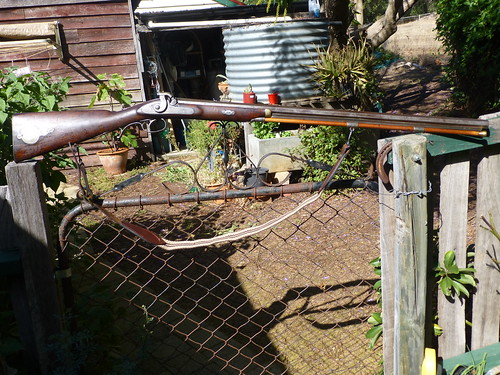Gentlemen, wondering if any of you ever use the above type of rifle. I have a .72 with forsyth style rifling. Just the rifle no case and gear to go with it. It has a ver slow twist. I have been using 90 grains of Fg but the ball I am using at this stage is two small and I have been patching it with leather from old riggers gloves. It will hold on paper at 50 yards and group to some degree. I have been told smaller charges work better, but that seems counter intuitive to the rate of twist. I have tried looking up loads but there does not seem to be any thing about them on the net. I imaging that a few of you out there are in fact using these English hunting rifles for deer etc so any thing you may have learned would be a good start.

Cheers
Heelerau

Cheers
Heelerau









